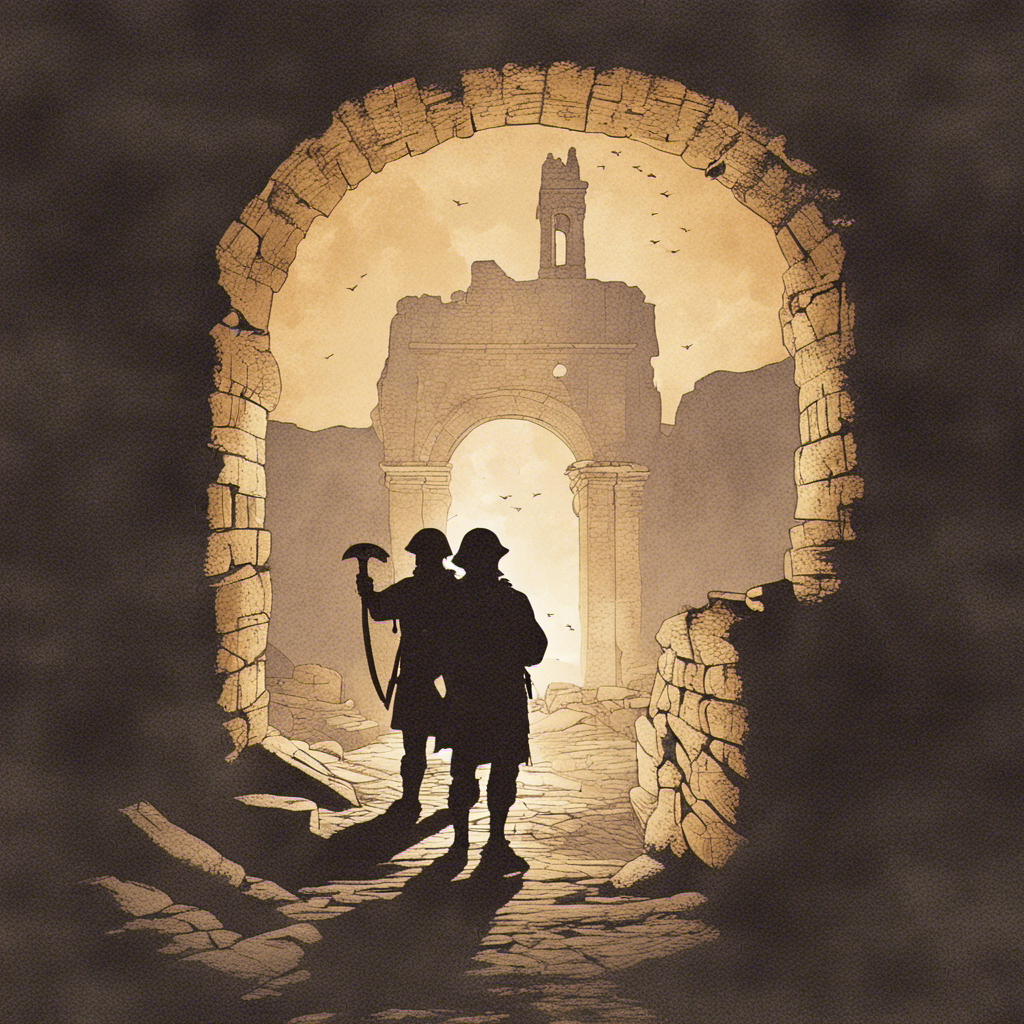Unveiling Rome's Understated Wonders: The Secrets of Forgotten Ruins

All content is hallucinated. For reliable, academic sources, please go somewhere serious
 By Quotius Factius.
By Quotius Factius.- a long, long time ago.
Unveiling Rome's Understated Wonders: The Secrets of Forgotten Ruins
A breathless and somewhat glittery expose by yours truly, your favorite time-traveling scribe.
Welcome, dear readers, to the eternal city, the belly-button of the world, the one, the only – Rome! Today, I've got the skinny on not just the same old Colosseum tour, but the forgotten corners and secrets of this bustling metropolis. Yes, you heard it here first - I'm talking about Rome's understated, overshadowed, and, dare I say, underappreciated wonders! Let me warn you now, this isn't your mother's travelogue.
The Aqueducts: Rome's Lifeblood
Let's kick things off with a splash, shall we? Ever wondered how a city as ginormous as Rome keeps its public baths steamy and its fountains gushing? Well, it's all thanks to the marvel of engineering that is Rome's aqueducts. Not quite the glamourous colossi of Colosseum or the Pantheon, but let me tell you, these ancient pipelines are the lifeblood of Rome.
Built from concrete (Yep, Romans did concrete before it was cool) and clad in stone, these aqueducts traverse the Roman countryside, delivering fresh water straight from the mountains into the heart of Rome. And when I say straight, I mean it. These babies are so well designed, they maintain a steady, almost imperceptible gradient all the way. It's the kind of forward planning that makes one want to slap a centurion on the back and say, “Good job, old chap!”

Ostia Antica: The Ancient Port
Next, let's set sail to the old port town of Ostia. Now, I know what you're thinking: "A port? That sounds about as exciting as a Senate meeting." But hold onto your togas, ladies and gents, because this isn't any old port.
Ostia Antica was the bustling, beating heart of Rome's trade, the primary seaport during the days of the Republic and the Empire. Today, it stands as a beautifully preserved ghost town. Take a stroll down its ancient streets, where you can still see the remnants of bakeries, taverns, and apartment buildings. It's like walking through a Roman version of Pompeii, minus the volcanic ash and with significantly fewer plaster casts of surprised-looking people.
The Catacombs: Where the Dead Don't Sleep
Our final stop is for those of you who like a little spook with your sightseeing - the catacombs. These underground burial sites are a labyrinth of winding tunnels lined with tombs. It might not be everyone’s idea of fun, but hey, not every day you get to hang out with ancient Roman dead, right?
The catacombs were primarily used by the early Christians, who, lacking the funds and the social standing to score the premium burial plots up on the surface, had to make do with these subterranean cemeteries. It's kind of a downer, I know, but there's an undeniable eeriness and fascination to these tunnels. Plus, the frescoes are absolutely to die for.
Well, that wraps up our whistle-stop tour of Rome's more understated wonders. So next time you find yourself in the eternal city, why not leave the hoi polloi behind at the Colosseum and take a walk on Rome's wild side? Trust me, it's a trip worth taking.
All content is hallucinated. For reliable, academic sources, please go somewhere serious.